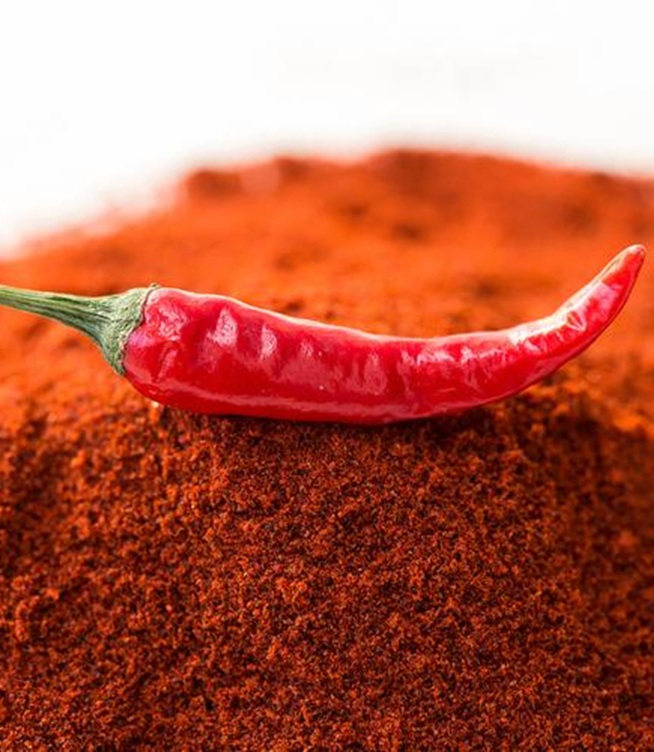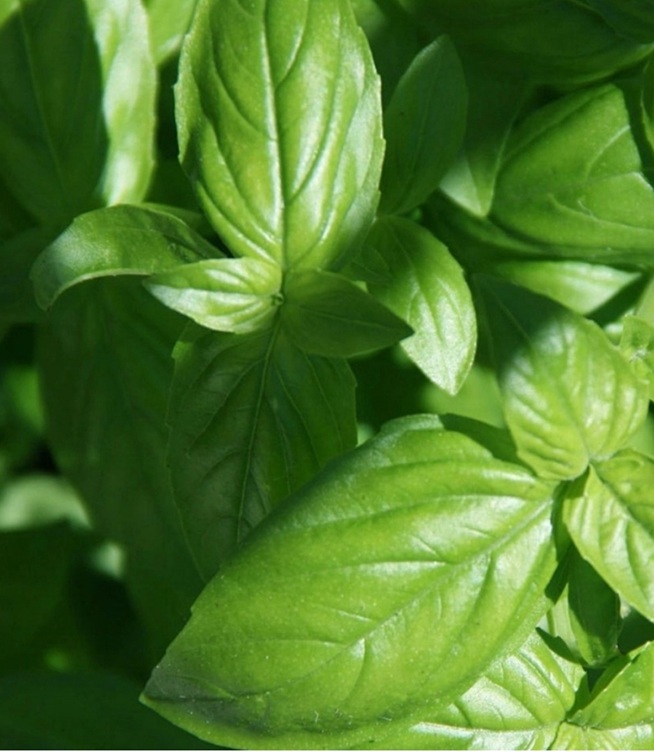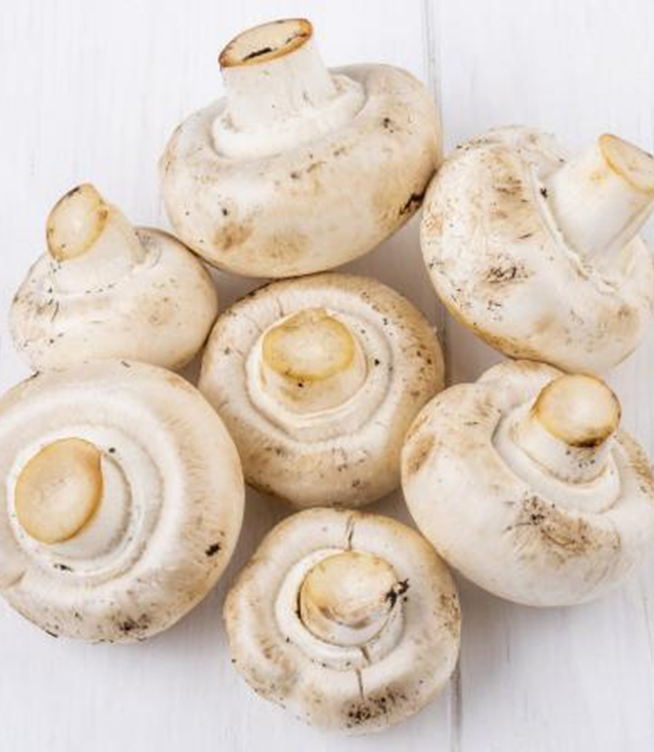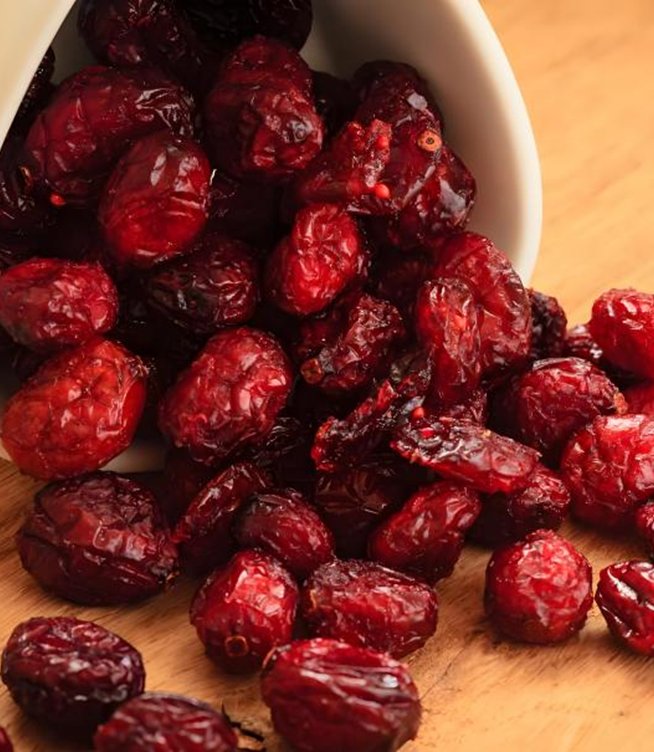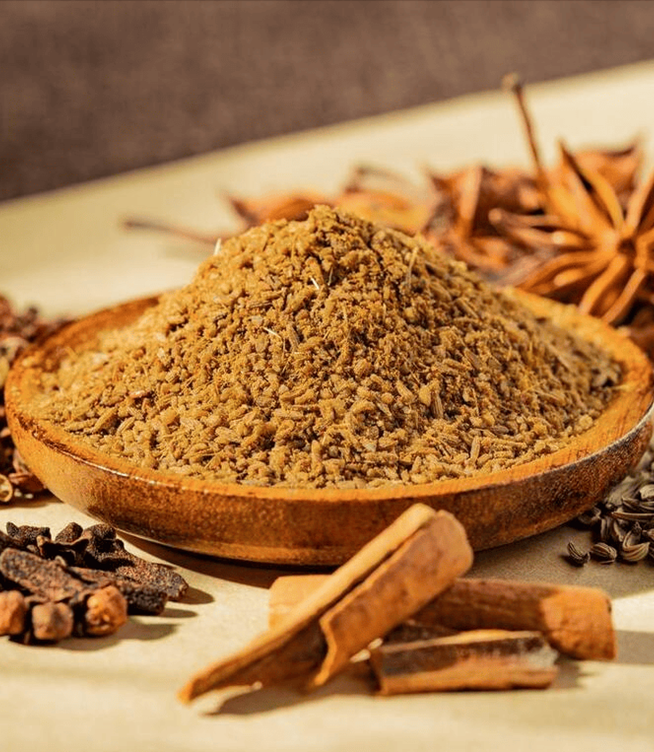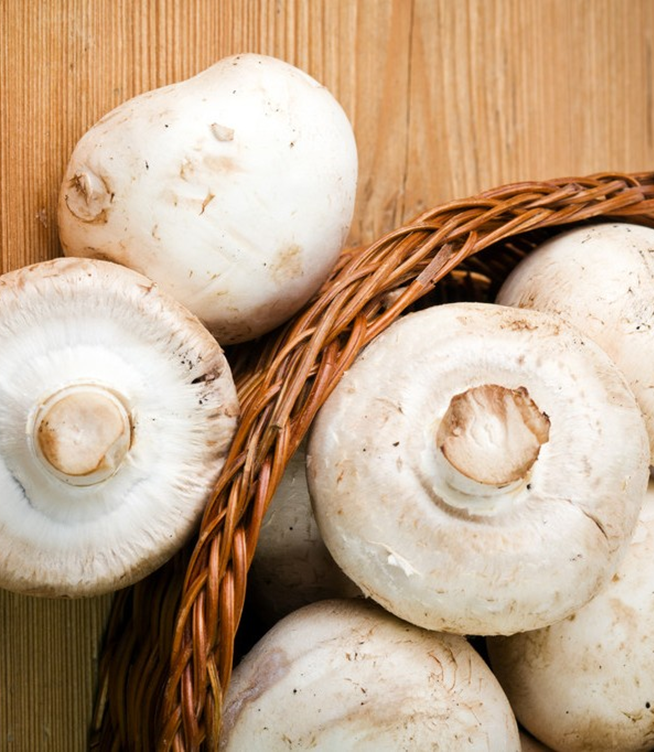Do Dried Mushrooms Lose Nutrients?
Dried Mushrooms have gained popularity as a pantry staple for home cooks and as a functional ingredient in food manufacturing. But how do dried mushrooms compare nutritionally to their fresh counterparts? Are there any benefits—or trade-offs—to using dried mushrooms over fresh ones?
Drying Changes Water Content
The most obvious difference between fresh and dried mushrooms is moisture content. Fresh mushrooms are made up of about 85–90% water, while dried mushrooms have most of that moisture removed. This means that the nutrients in dried mushrooms are much more concentrated by weight. When comparing the two on a gram-for-gram basis, dried mushrooms will appear to have significantly more protein, fiber, and minerals than fresh mushrooms—because there’s less water diluting them.
For example, 100 grams of fresh shiitake mushrooms contain about 2 grams of protein and 2.5 grams of fiber. The same weight of dried shiitake mushrooms may contain 10 grams or more of protein and 30 grams of fiber. However, it's important to keep in mind that you typically use far less dried mushroom in a serving than fresh.
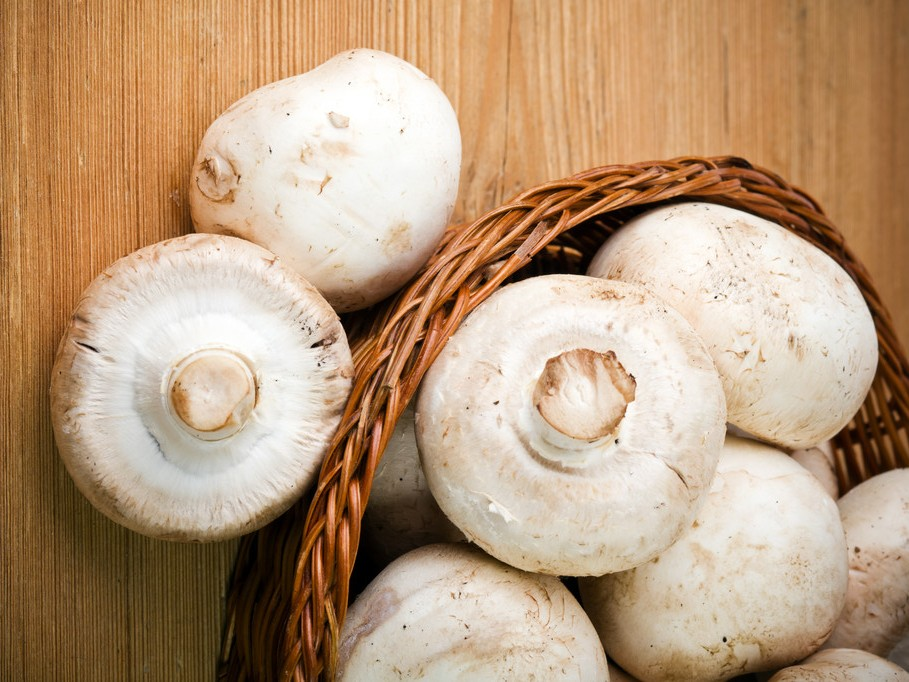
Key Nutrients in Mushrooms Remain Intact
One of the major advantages of Drying Mushrooms—especially using gentle methods like air-drying or freeze-drying—is that most of the key nutrients remain largely intact. Dried mushrooms still offer a good source of: B vitamins, including riboflavin (B2), niacin (B3), and pantothenic acid (B5), which support energy metabolism. Minerals such as potassium, selenium, copper, and zinc, important for immune function and overall health. Dietary fiber, which supports digestive health and may help regulate blood sugar levels. Antioxidants, including ergothioneine and polyphenols, which help reduce oxidative stress.
Some heat-sensitive vitamins—like vitamin C—may degrade during the drying process, especially if the drying involves high temperatures. However, mushrooms are not typically a major source of vitamin C, so this loss is relatively minor in terms of overall nutrition.
Enhanced Vitamin D Content (When Sun-Dried)
One fascinating difference that favors dried mushrooms is their potential for higher vitamin D content. When mushrooms are exposed to ultraviolet (UV) light during or after harvesting, they naturally convert ergosterol (a compound in their cell walls) into vitamin D2. Sun-dried mushrooms or those treated with UV light can offer significantly higher levels of vitamin D than fresh mushrooms stored in the dark.
This makes certain dried mushrooms a valuable plant-based source of vitamin D—especially beneficial for those following vegetarian or vegan diets. Always check the product label to see if UV treatment was used, as not all dried mushrooms are enhanced in this way.
Calorie Density and Serving Size
Because dried mushrooms are more concentrated, they are also more calorie-dense. While still low in fat and calories overall, dried mushrooms contain more energy per gram than fresh. For example, 100 grams of fresh mushrooms might contain 20–30 calories, while the same amount of dried mushrooms could contain over 200 calories.
In practical terms, though, this difference usually isn’t an issue, since dried mushrooms are rehydrated before use, and only a small quantity is needed to achieve the desired flavor and texture.
Functional Compounds Are Preserved
Mushrooms are increasingly studied for their potential functional and medicinal properties. Many varieties—such as shiitake, maitake, reishi, and lion’s mane—contain bioactive compounds like beta-glucans, triterpenoids, and polysaccharides that may support immune health and cognitive function.
The good news is that these compounds are stable during drying, especially when dried properly and stored in airtight conditions. In fact, dried mushrooms are often used in the nutraceutical and health food sectors to extract and concentrate these beneficial compounds in powders, capsules, and functional foods.
Shelf Life and Convenience
Fresh mushrooms are highly perishable and typically last only a few days in the refrigerator. Dried mushrooms, on the other hand, can last for months—or even years—when stored in a cool, dry place. This makes them not only more economical in the long run, but also more accessible and versatile for both consumers and food processors.
Conclusion
So, are there nutritional differences between dried and fresh mushrooms? Yes—but those differences don’t mean one is better than the other.
For food manufacturers, dried mushrooms are especially attractive. Whether you're sourcing dried champignon mushroom, shiitake, black fungus, or porcini for your production line or adding them to your product catalog, you're investing in an ingredient that delivers both functionality and nutrition. At shundi foods, we offer a wide range of premium dried mushrooms tailored for wholesale and industrial applications. Contact us today to learn more about our varieties, specifications, and OEM services.


